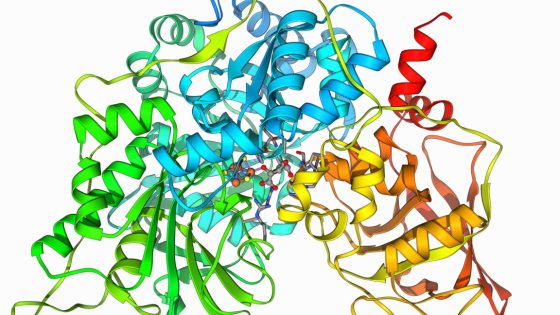On February 6, 2025, scientists announced a significant advancement in understanding turbulence, a complex phenomenon affecting everything from ocean currents to blood flow. This breakthrough could revolutionize fields like engineering and meteorology. But what does this mean for US?
- New approach to simulating turbulence developed
- Quantum computing improves turbulence modeling
- Potential applications in engineering and science
- Challenges remain in understanding turbulence scales
- Significant computational advantages noted in study
- Turbulence remains an unsolved physics problem
Groundbreaking Research on Turbulence: A Leap for Science and Engineering
Why has turbulence remained a mystery for so long? Despite its prevalence in nature, simulating turbulence accurately has baffled scientists for over 200 years. This new approach offers hope for solving this age-old problem.
How Quantum Computing is Changing Our Understanding of Turbulence
The innovative study utilized a quantum computing-inspired algorithm that allows researchers to model turbulence more efficiently. Traditional methods often require immense computational power and time, making them impractical for complex simulations. This new technique dramatically reduces both memory usage and computation time.
- Quantum-inspired algorithms can simulate turbulence in hours, not days.
- Potential applications include better airplane designs and more accurate weather forecasts.
- This method considers random variations, offering a more realistic model of turbulent flows.
- Researchers aim to explore previously inaccessible areas of turbulence physics.
Understanding the Complexity of Turbulence
Turbulence is often described as one of the oldest unsolved problems in physics. It involves chaotic fluid motion that can range from tiny eddies to massive storm systems. The challenge lies in accurately simulating these varying scales, which requires significant computational resources.
Implications for Future Research and Technology
While this study marks a significant step forward, it doesn’t fully solve the turbulence puzzle. Researchers acknowledge that understanding how different scales of turbulence interact remains a challenge. Future advancements in algorithms and computing hardware will be essential to unlocking the full potential of turbulence research.
In conclusion, the recent breakthroughs in turbulence modeling not only enhance scientific understanding but also pave the way for practical applications that could improve everyday technologies. As we continue to explore this complex phenomenon, the potential benefits for society are immense.

































